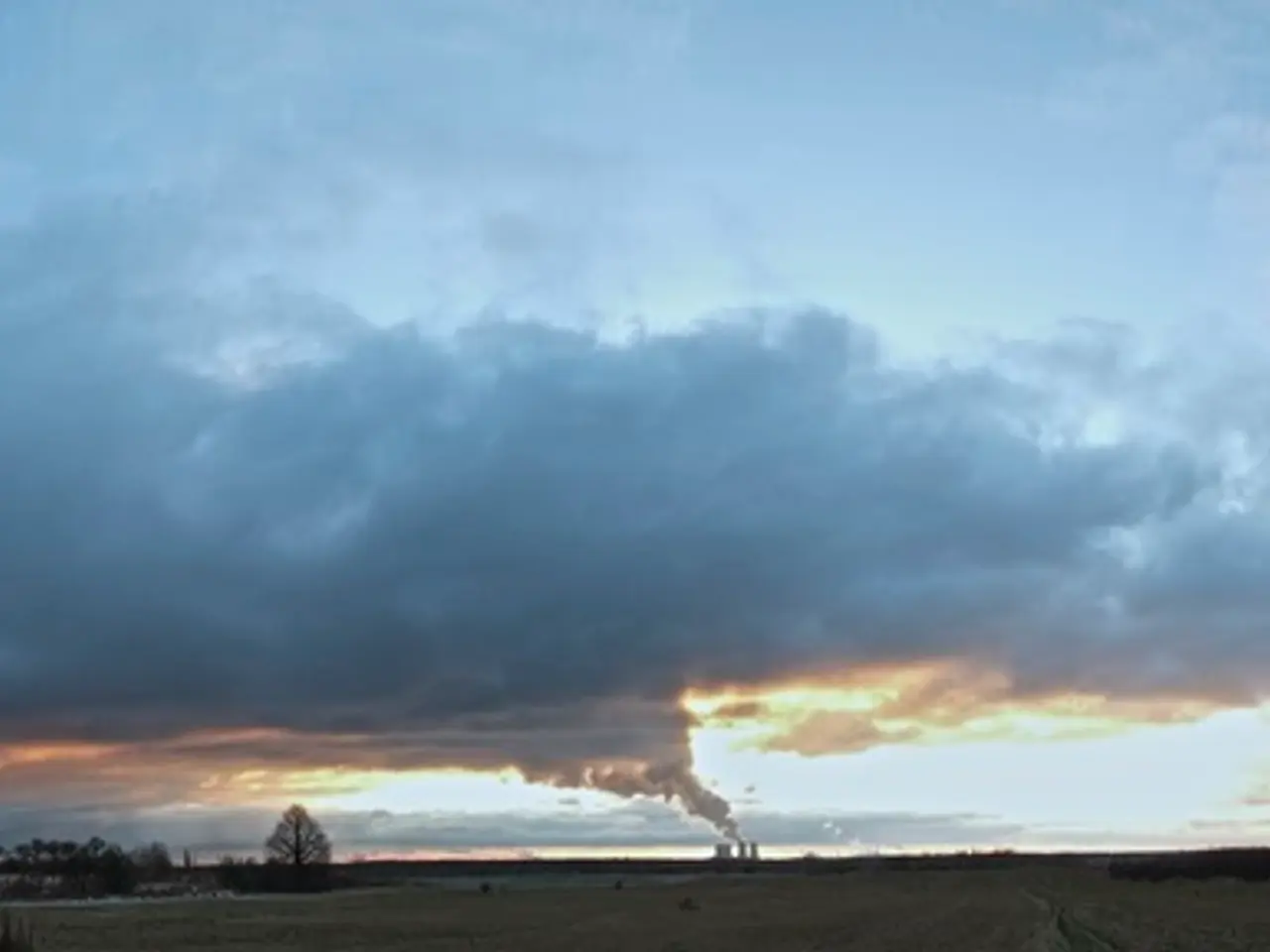Intensified Heatwave in Southern U.S. Linked to Climate Change, Scientific Analysis Reveals
Record-Breaking Heatwave Puts Stress on Texas' Power Grid
A severe heatwave is currently gripping Texas, causing temperatures to soar above 100F (38C) in several cities. The National Weather Service (NWS) has warned that this heatwave may pose more danger than a typical heat event due to the prolonged period of elevated record high nighttime lows and heat index readings during the day.
The heatwave is part of a series of extreme heat dome events that have occurred worldwide. Scientists, including Dr. Andrew Pershing, vice president for science at Climate Central, have found that anthropogenic climate change has made these extreme and unusual temperatures in Mexico and the southern US more likely.
Texas' power grid is not connected to the rest of the country, making it more difficult to pull power from other sources in case of a failure. This has led authorities to appeal to residents to conserve energy as much as possible during the heatwave. More than 40 million people in Houston, San Antonio, and Austin are currently under excessive heat warnings.
The heatwave is putting stress on Texas' power grid, which has been criticised for its fragility following the deadly winter blackout in 2021. Despite efforts to address the issue, little has been done to strengthen the grid's resilience.
Wind energy provides 20% of Texas' energy, while coal contributes 16% and nuclear energy 10%. However, Texas currently gets most of its energy (about 42%) from gas. The heatwave has put a strain on the state's power generation, as the increased demand for cooling has led to higher energy consumption.
The risk of developing heat-related illnesses is particularly high when combined with elevated humidity levels, such as those recorded in Texas recently. Elderly, young children, pregnant women, chronic patients, and outdoor workers are among the categories most at risk of developing heat exhaustion and heat strokes. The NWS advises having a way to cool down and interrupt heat exposure during the current heatwave.
The heatwave is expanding to other states, including Kansas and Oklahoma. The NWS has warned that the current heatwave may last until the Fourth of July. As the heatwave continues, it is important for residents to take precautions to stay safe and conserve energy.
Read also:
- Peptide YY (PYY): Exploring its Role in Appetite Suppression, Intestinal Health, and Cognitive Links
- Toddler Health: Rotavirus Signs, Origins, and Potential Complications
- Digestive issues and heart discomfort: Root causes and associated health conditions
- House Infernos: Deadly Hazards Surpassing the Flames








